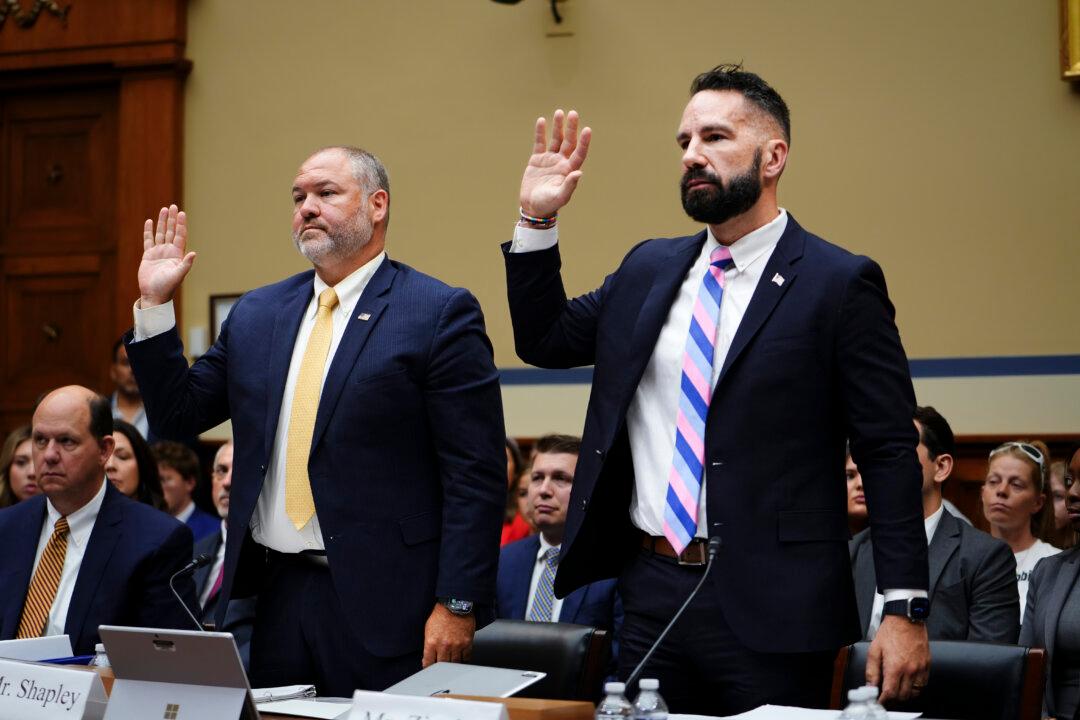Congress banned earmarks nine years ago, but that didn’t stop lawmakers from setting a new record for such spending in 2020, according to the latest edition of Citizens Against Government Waste’s (CAGW) “Congressional Pig Book.”
Earmarks are special-interest spending provisions that often benefit campaign donors, former staff aides, or relatives of individual senators and representatives. They typically aren’t officially linked to the benefiting congressman and are often buried in huge appropriations bills or concurrent spending resolutions.





